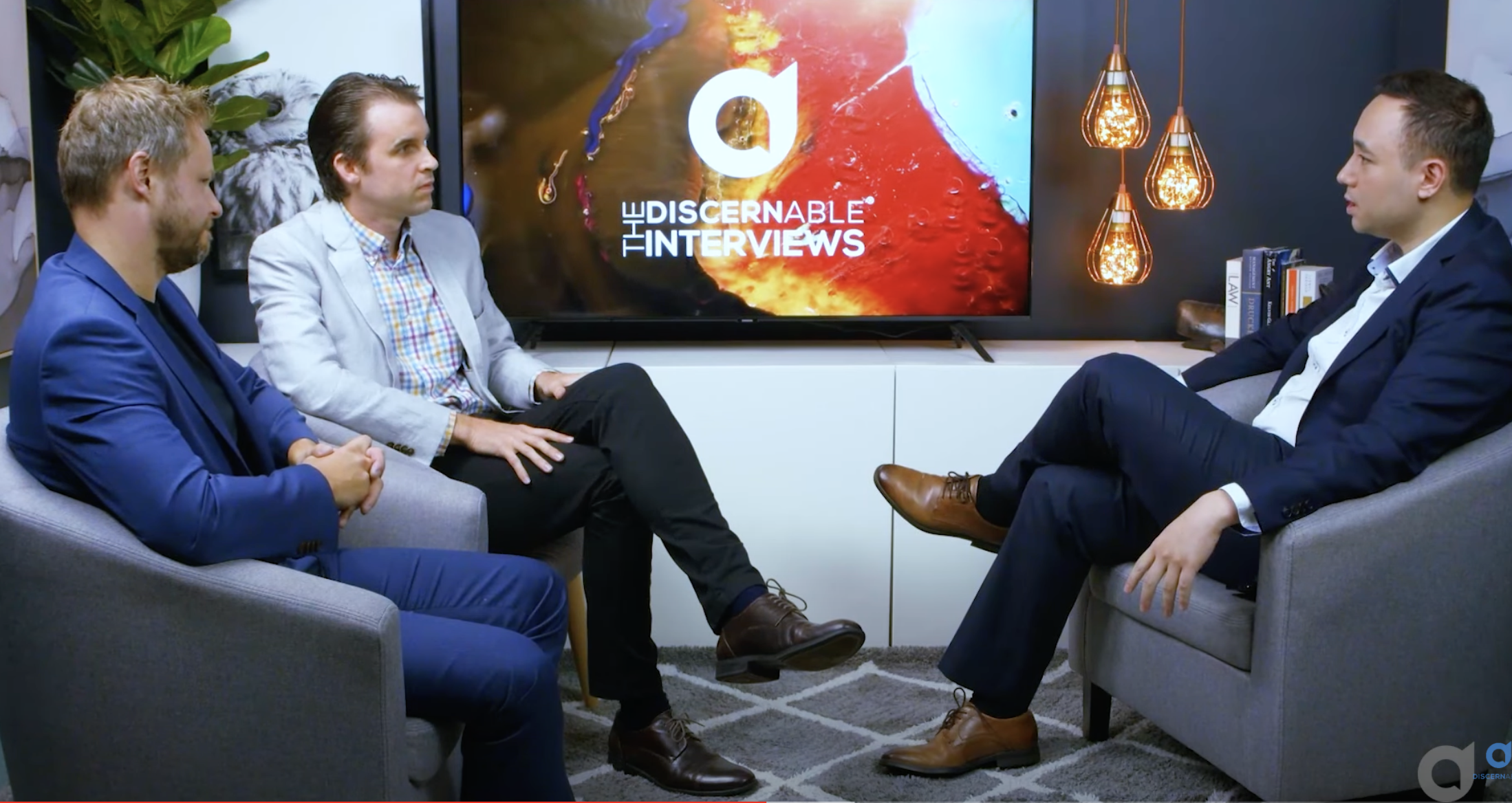A growing number of Australian men are obsessed with building the biggest bodies they can, going to extreme and potentially dangerous lengths to achieve idealised physiques.
Experts say this behaviour goes well beyond vanity, with muscle dysmorphia — dubbed bigorexia — posing serious physical and mental health implications.
Those men deepest in a body dysmorphia hole avoid social gatherings where they can’t count calories and dodge school or shift to part-time work to accommodate gruelling gym schedules.
Melbourne clinical psychologist Ben Buchanan, who runs the body image treatment program at Foundation Psychology Victoria, said muscle dysmorphia is on par with anorexia in women.
“It’s an obsessive preoccupation with changing one’s body to make it look more masculine, bigger, fitter and stronger,” Dr Buchanan said.
“Many of the guys who have this spend hours and hours at the gym daily, hours obsessing over diet, take large quantities of supplements, and then constantly compare their physical appearance to those around them.”
What might start as a hobby or pursuit of health and fitness can quickly spiral into a serious disorder, inspiring greater risk-taking in order to achieve physical perfection.
But like anorexia, muscle dysmorphia sufferers don’t views themselves how others do, looking in a mirror and often seeing a small, weak frame staring back.
And worse, they spend hours scrolling through filtered and photoshopped images of muscled men on social media, ensuring the vicious cycle continues.
BLEEDING INTO MAINSTREAM
Once upon a time, obsessive behaviours like these were confined to competitive bodybuilding circles where multiple gym visits a day and restrictive dieting were the norm.
But exercise physiologist Drew Harrisberg said ordinary gyms were now home to bigorexia sufferers who might as well be zombies.
They become “a slave to the cycle”, alternating between several workouts session and eating meals every two hours that must be the perfect balance of micronutrients.
“That means if there’s a social occasion, they don’t eat there or they don’t go because they’re worried about what’s in it,” Mr Harrisberg said.
“They do two sessions a day, or more for some people. There’s all of the garbage supplements on top of that. It’s micromanaging every aspect of your life.
“If you zoom out and take a look at the big picture, they’re not even living. It’s robotic.”
The sad reality is that no matter how much muscle they build, the majority of bigorexia sufferers will never be satisfied.
“It’s incredible to think that these seriously big guys look at themselves in the mirror and see a skinny guy looking back at them,”
Mr Harrisberg said. “They literally don’t see what everyone else is seeing. They believe they’re small. It’s such a destructive cycle.”
A big part of the bigorexia condition is comparing one’s self to others to measure progress and “inspire” better bodies.
“Guys compare themselves to other guys, then look at themselves, and they’re obsessed with getting bigger and bigger. It’s never-ending. Nothing will ever be enough.”
It’s those unhealthy comparisons that play a central role in reinforcing a man’s insecure view of himself and his body, Dr Buchanan said.
Just like fashion magazines that focused on the impossibly thin “ideal” body in the 1980s and ’90s had a detrimental effect on female body image, technology is fuelling issues in men.
“It’s Instagram, in a word,” Dr Buchanan said. “Social media allows people to compare themselves to others and normalises this ideal of an ‘ideal’ physique.
“The problem is that it makes it seem really attainable to be incredibly muscular. These social media accounts make it look like these huge guys have taken a quick selfie and posted it.
“In actual fact, they’ve been working out for hours before taking 100 photos and picking the best one. People are seeing more idealised images that are sold as being natural and normal, when really they’re not.”
The prolific use of social media by young people means body disorders are beginning to develop in teenage boys.
Danni Rowlands is the head of education and prevention services at the Butterfly Foundation, a not-for-profit devoted to helping those with eating and body image disorders.
The organisation started out working primarily with young girls via school programs more than a decade ago, before shifting the focus to boys and co-ed programs.
“We’ve realised over time that how we talk to boys about body image needs to be done differently because boys aren’t connecting with the fact that they’re experiencing it too,” Ms Rowlands said.
The group launched the RESET program earlier this year, a digital learning tool aiming to spark a conversation among young men.
“There’s an emerging body of research highlighting that this is becoming quite a serious issue for boys. We’re seeing them engage in risky behaviours like overtraining, over-supplementation, really restrictive dieting and, in some cases, turning to steroids.”
Social media allows teenage boys to easily compare their bodies to others, which often leads to an unhealthy motivation, Ms Rowlands said.
“These platforms are having an adverse impact when it comes to body image. There’s a muscular ideal. Males experiencing muscle dysmorphia see themselves as being small, in some ways a kind of reverse anorexia.
“Muscularity and masculinity are very tightly connected. What it means to be a man is often a physical ideal.”
STEROIDS BECOMING NORMALISED
Data on steroid usage in Australia isn’t robust, with researchers relying on indicators like the numbers of drug seizures by customs officials.
But anecdotally, Matthew Dunn, senior lecturer at Deakin University’s School of Health and Social Development, said the types of men likely to use steroids has shifted.
“There have typically been three main groups,” Dr Dunn said.
“There’s the person who needs to perform at a high level of sport, there’s the person who wants to look good, and the person who needs it for their job.
“Anecdotally, there’s a belief that steroid use is moving away from performance-enhancing motivations and towards image-enhancing. It’s people wanting to look good.”
Bigorexia has also bled into the mainstream due to the easier access to protein powders and a cocktail of legal and illegal image-enhancing supplements.
But steroids have become especially normalised in image-obsessed male circles, where any muscle advantage is accepted.
“I don’t think guys are talking about it at the dinner table with their families, but if they’re in a group of muscle building-focused people at the gym, then using these substances has become more normal,” Dr Dunn said.
The health effects of steroid use can be serious and multifaceted, he said.
“At the lower end of the scale are the ‘nuisance’ effects like acne on the back and the enlargement of breast tissue, through to serious consequences like cardiovascular disease and liver or kidney damage.”
Mr Harrisberg has seen first-hand how serious the implications of bigorexia can be, having watched a young man at his gym fall down a deep and dark hole.
“He was 16-years-old and naturally very athletic when he started coming to the gym. He was tall and muscular for his age, he played rugby,” he said.
“He was training alongside grown men who really built up his ego. They were encouraging him, bringing him into their groups. You could see him change. It got to a point where he was obsessed with getting bigger and stronger. It was his worth.”
As happens more often than many might appreciate, the boy turned to performance-enhancing drugs like steroids and testosterone injections to become bigger and bigger.
He was booted from his high school football team when he was caught taking steroids and began engaging in riskier behaviours, Mr Harrisberg said.
“He ended up being hospitalised and in really intense rehab. He ended up overdosing on drugs. I didn’t see him for three years and when I did, he’d withered away. I spoke to him and could see he’d completely lost his identity.”
INTEREST BECOMES OBSESSION
The average age of onset for muscle dysmorphia is 16-years-old, when teenage boys begin to feel the full weight of insecurity and expectation, Dr Buchanan said.
“It starts off mild and then gets a life of its own,” he said.
“It’s usually about a decade after a problem started when guys realise it’s become a big issue. There’s a realisation that someone has lost years of their life by being obsessed with this one thing.”
But in adolescence, behaviours that could be a precursor to a serious issue — hitting the gym, being active and improving physical health — are celebrated.
“In the first years, they get lots of positive reinforcement — people notice they look good, they get into the culture at the gym with other men. And so, initially it’s a positive,” Dr Buchanan said.
“The irony is that what probably began as a social thing, being part of a community at the gym with like-minded guys, gets really isolating. In the end they’re avoiding people because of the intense feelings of inferiority.”
Ms Rowland said young men engaging in really rigorous or seemingly “disciplined” behaviours don’t raise red flags.
“If a young female did those same kinds of behaviours, there’d be warning signs that something could be wrong,” she said.
“Of course we want young people to engage in healthy behaviours and have a positive relationship with exercise. That’s crucial to physical and mental health. But it’s a fine line when it comes to what’s driving those behaviours.
“Poor body image has a range of impacts on a person’s mental health, whether that be the way they engage with food and exercise, relationships with others, substance use and other risky behaviours, and the increased risk of depression and anxiety.
“It’s complex to address but the difficulty with males is that some of these behaviours are celebrated and, on the surface, seen as healthy.”
COMPLEXITIES OF TREATMENT
Awareness of muscle dysmorphia has grown in recent years but Dr Buchanan said there’s a stigma among men who perceive seeking help as being weak.
It makes treating male body dysmorphia conditions incredibly complex.
On top of that, those who struggle with male body image disorders don’t believe there’s anything seriously wrong with them.
And worse, they think the solution to their feelings of inadequacy is to build more muscle.
“There’s an idea that if you’re not putting in 100 per cent and you’re not getting bigger, you’re weak and unacceptable,” Dr Buchanan said.
“It’s difficult for people to let go of the idea that being muscular means being successful.
“There’s a growing awareness around the issue but it’s still not considered by some people to be a proper disorder. A lot of people consider it to be merely vanity.
“The reality is that the seriousness of bigorexia is as severe as other severe body dysmorphia disorders.”
If you or someone you love needs help for an eating disorder, contact the Butterfly Foundation via their website or call 1800 334 673


